42 Products
ALL-SEASON
ALL-SEASON tires with the M+S symbol are recognized by the BC Government as legal winter tires (official source). But legality doesn’t equal safety: many with summer-style tread are really just “3-Season” and unsafe in snow. For real winter, dedicated tires are best — but All Terrain All-Season patterns offer far stronger grip and control than smooth treads.

-
Sale

P 205/55R16 Z JOURNEY-X 91W
Out of stock -
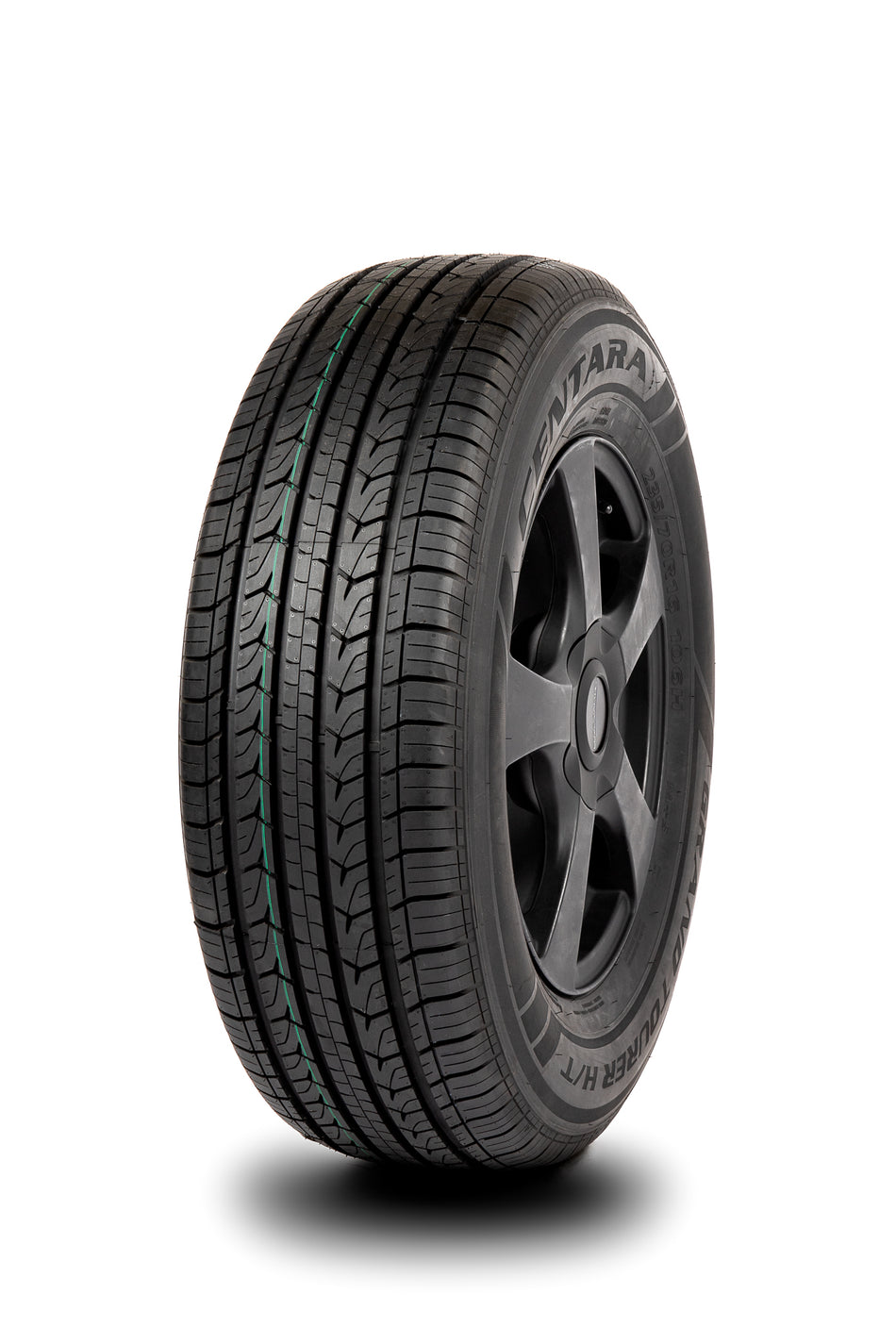
P 225/55R19 99V GRAND TOURER H/T
Out of stock -
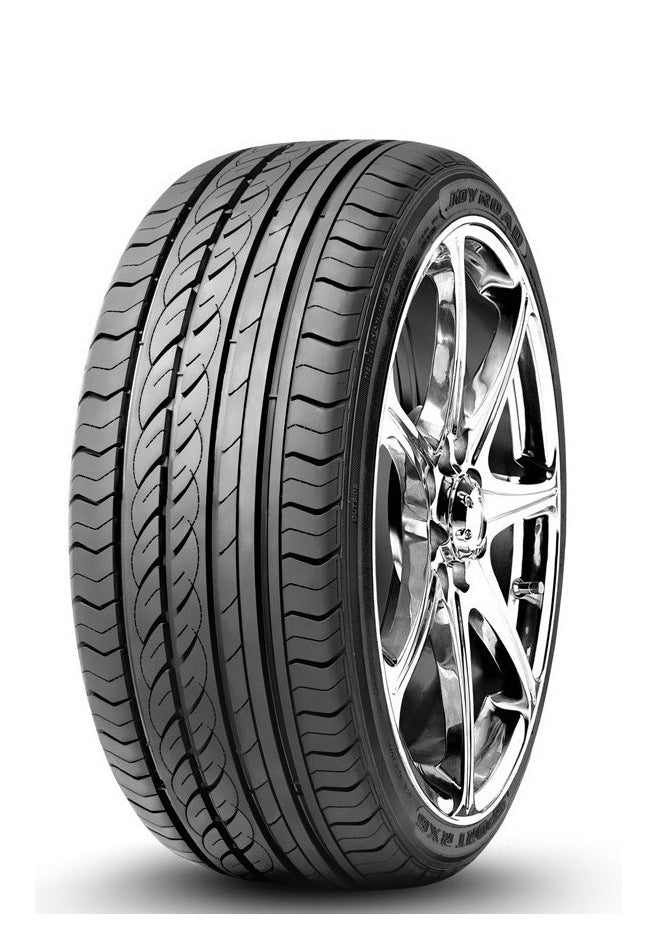
P 235/40R18 95W XL VANTI HP
In stock -
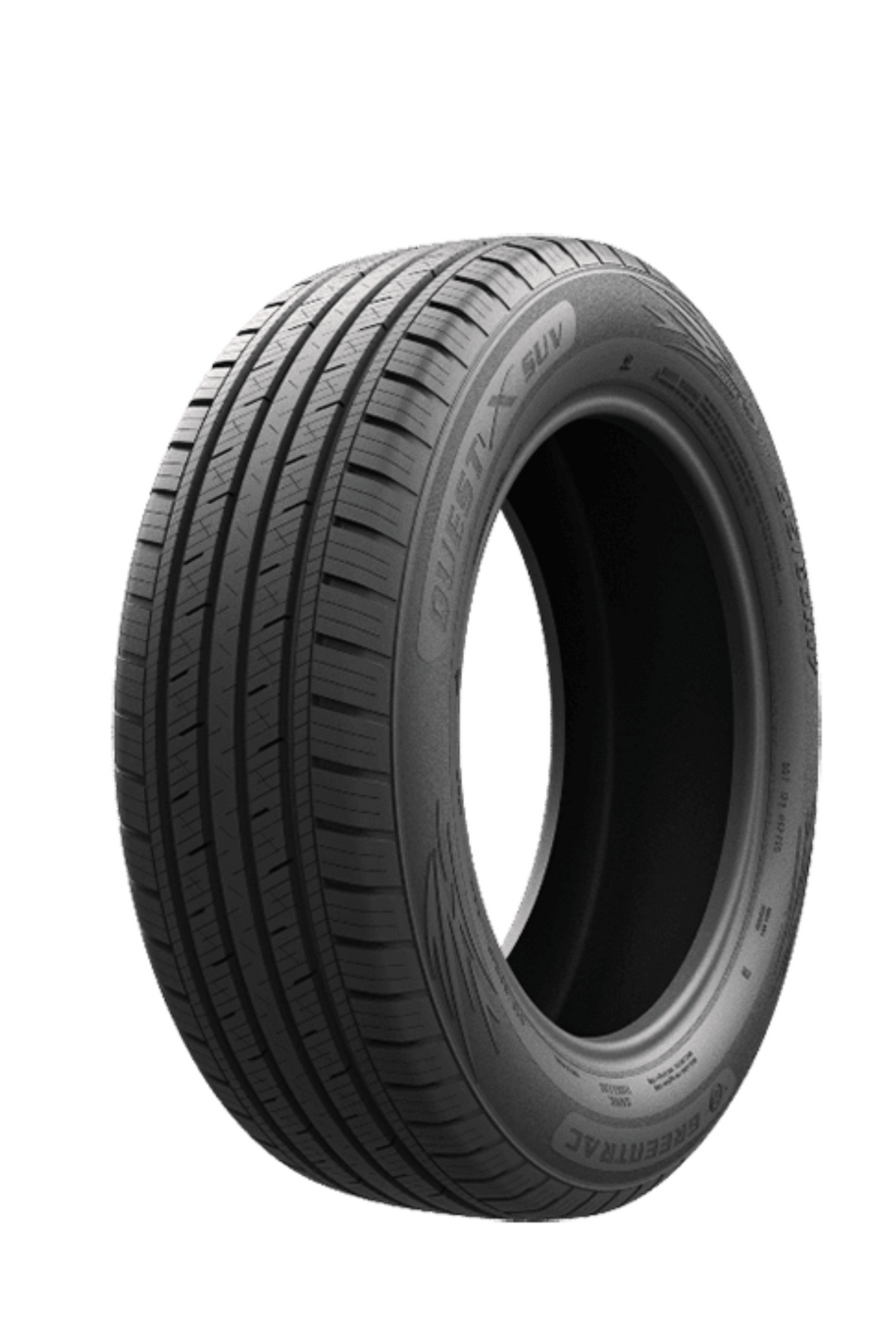
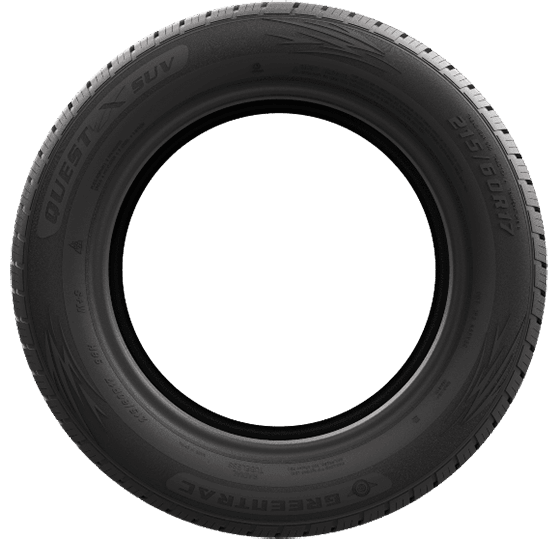
P 235/60R18 Quest-X SUV 107H
Out of stock -
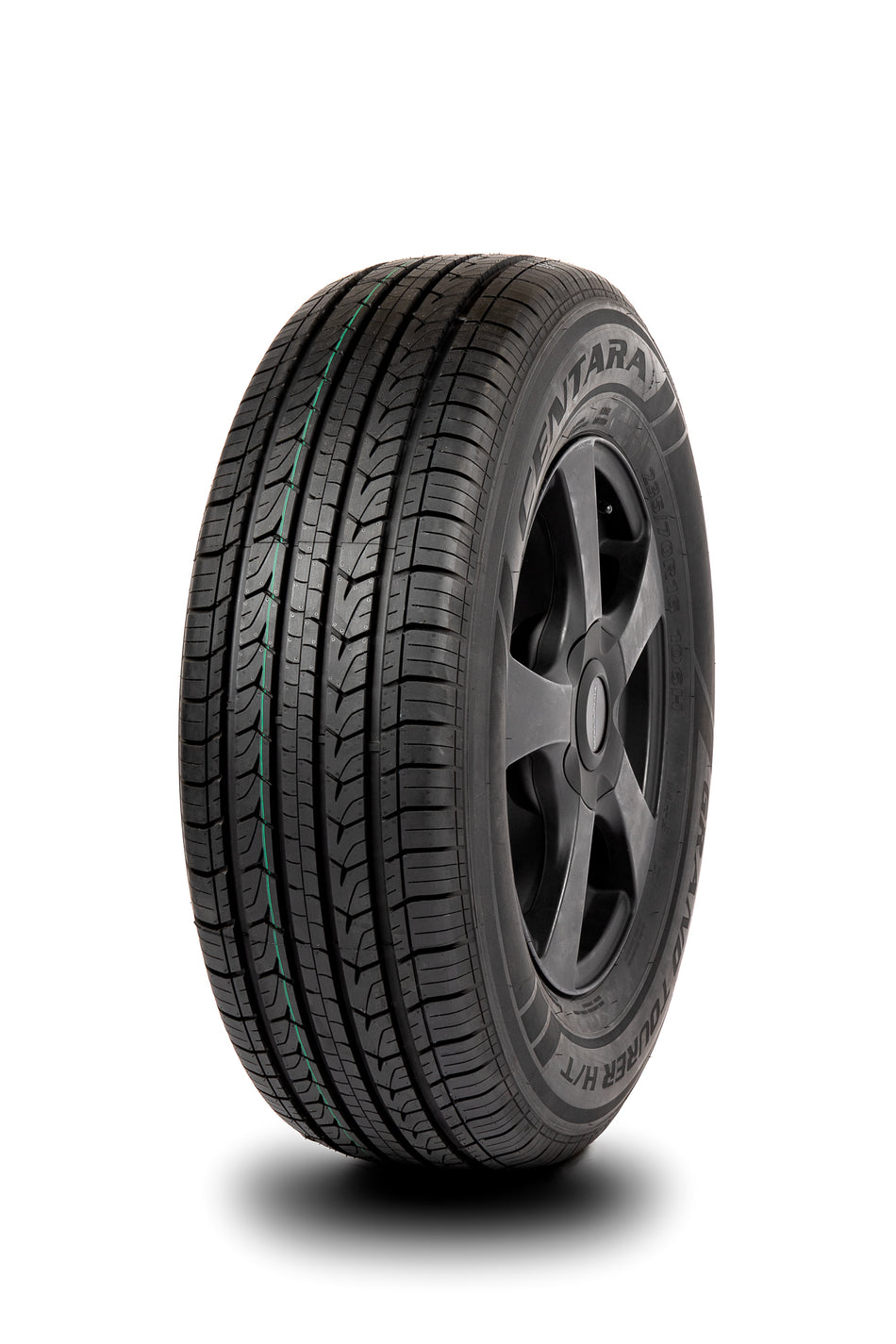
P 235/55R17 99V GRAND TOURER H/T
Out of stock -
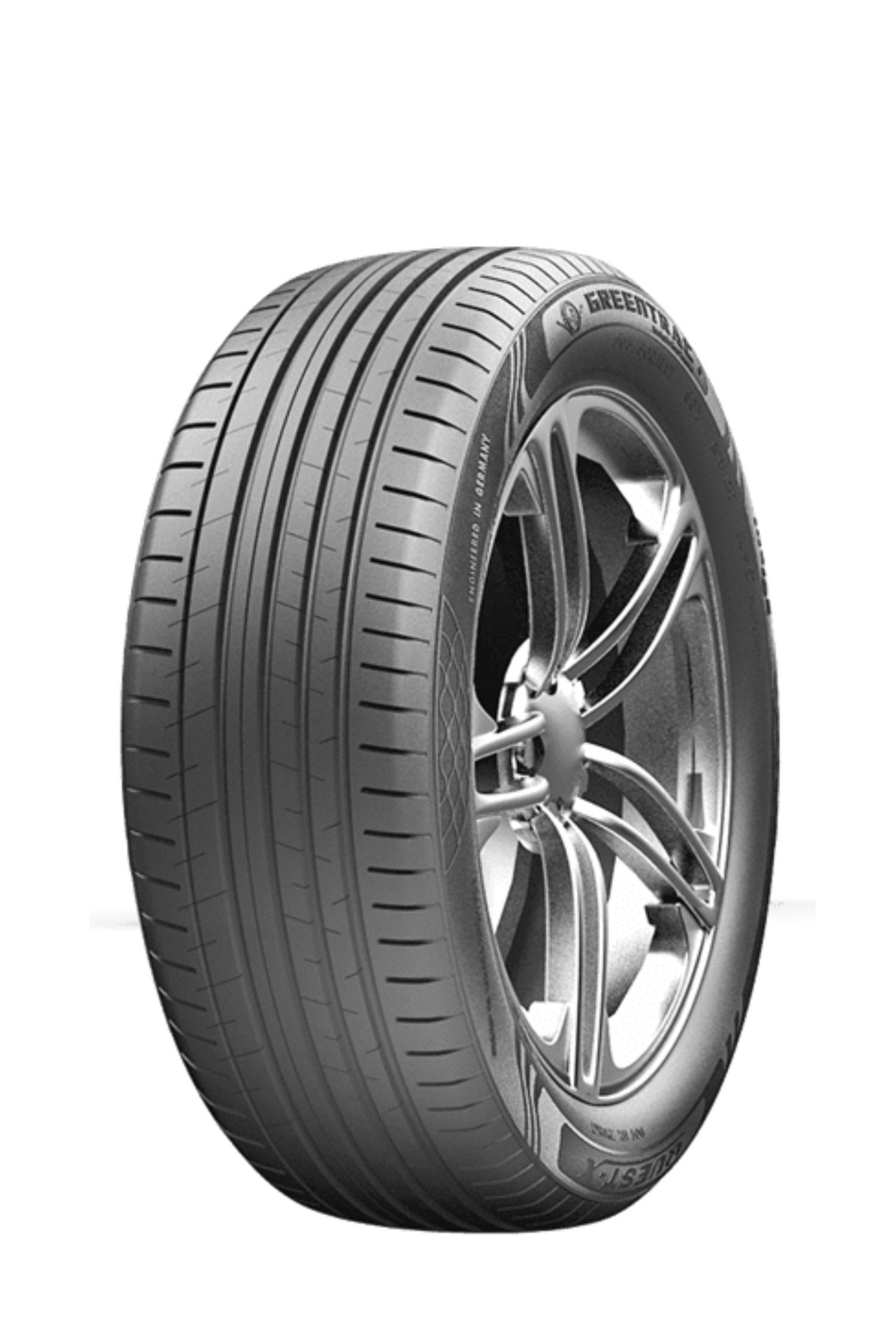
P 235/55R18 Z Quest-X 104W XL
Only 1 left -

P 245/60R18 105V GRAND TOURER H/T
Only 1 left -
Sale
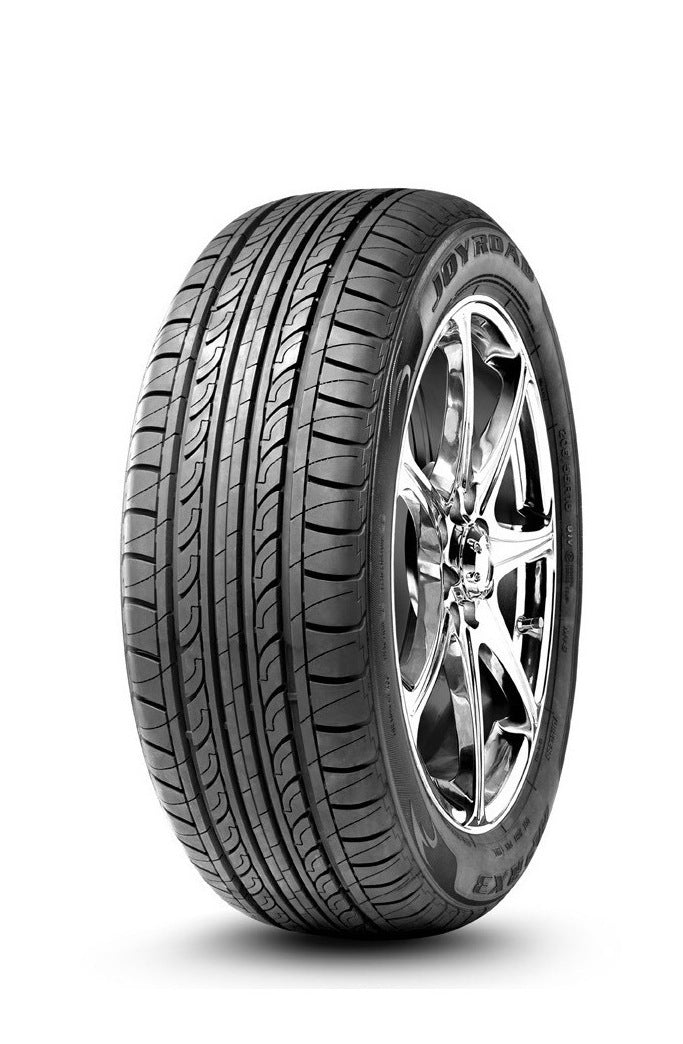
P 215/60R16 RX3 / VANTI TOURING
Out of stock -

LT 235/75R15 ADVENTURE AT 10/PR 116/113S
Only 1 left -
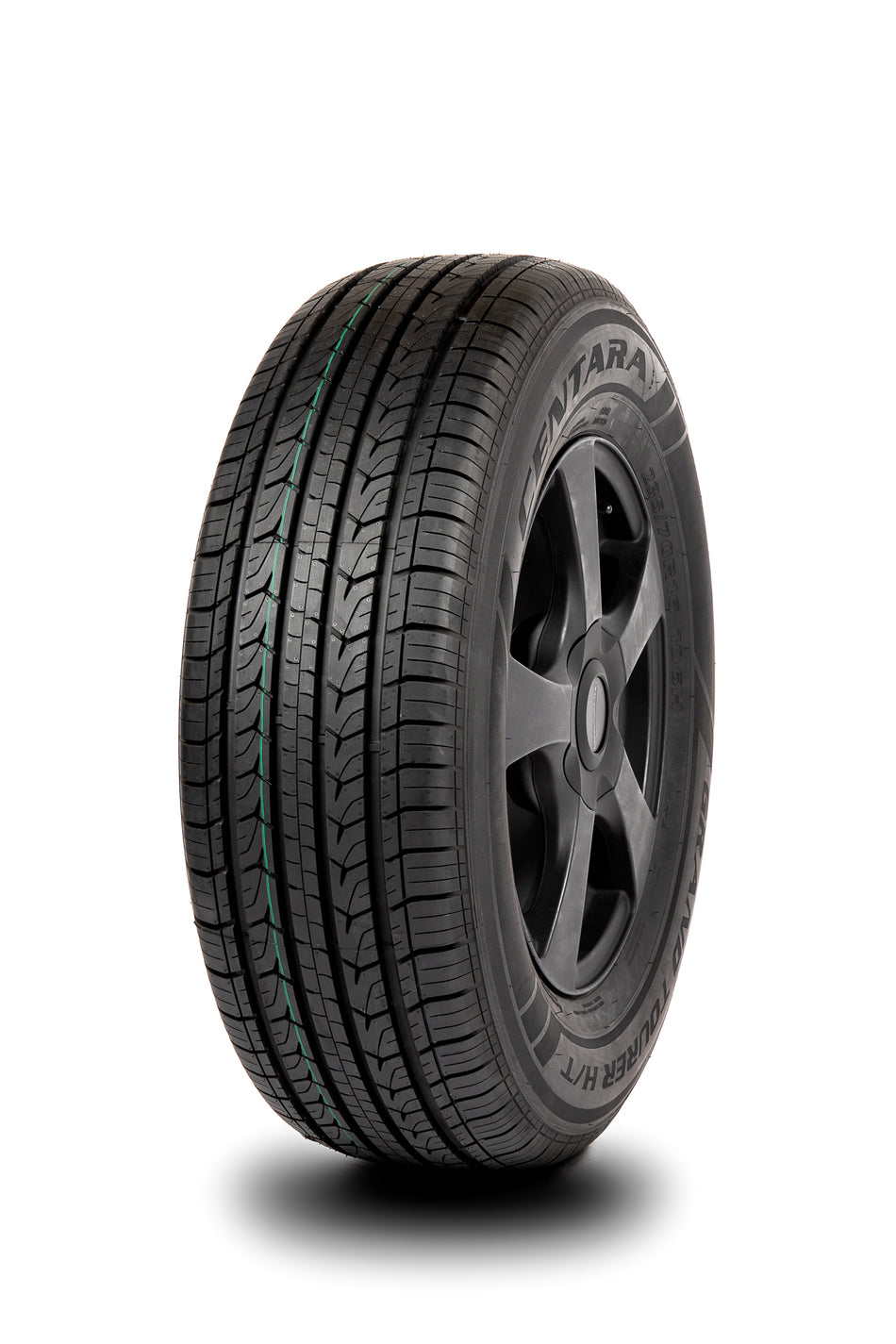
P 215/60R17 96H GRAND TOURER H/T
Out of stock -

P 205/70R15 JOURNEY-X 96H
Only 1 left -

P 155R12C 88/86Q 8PR VANTI AS
Only 2 left -


P 235/60R18 107H XL ADVENTURE A/T
In stock -
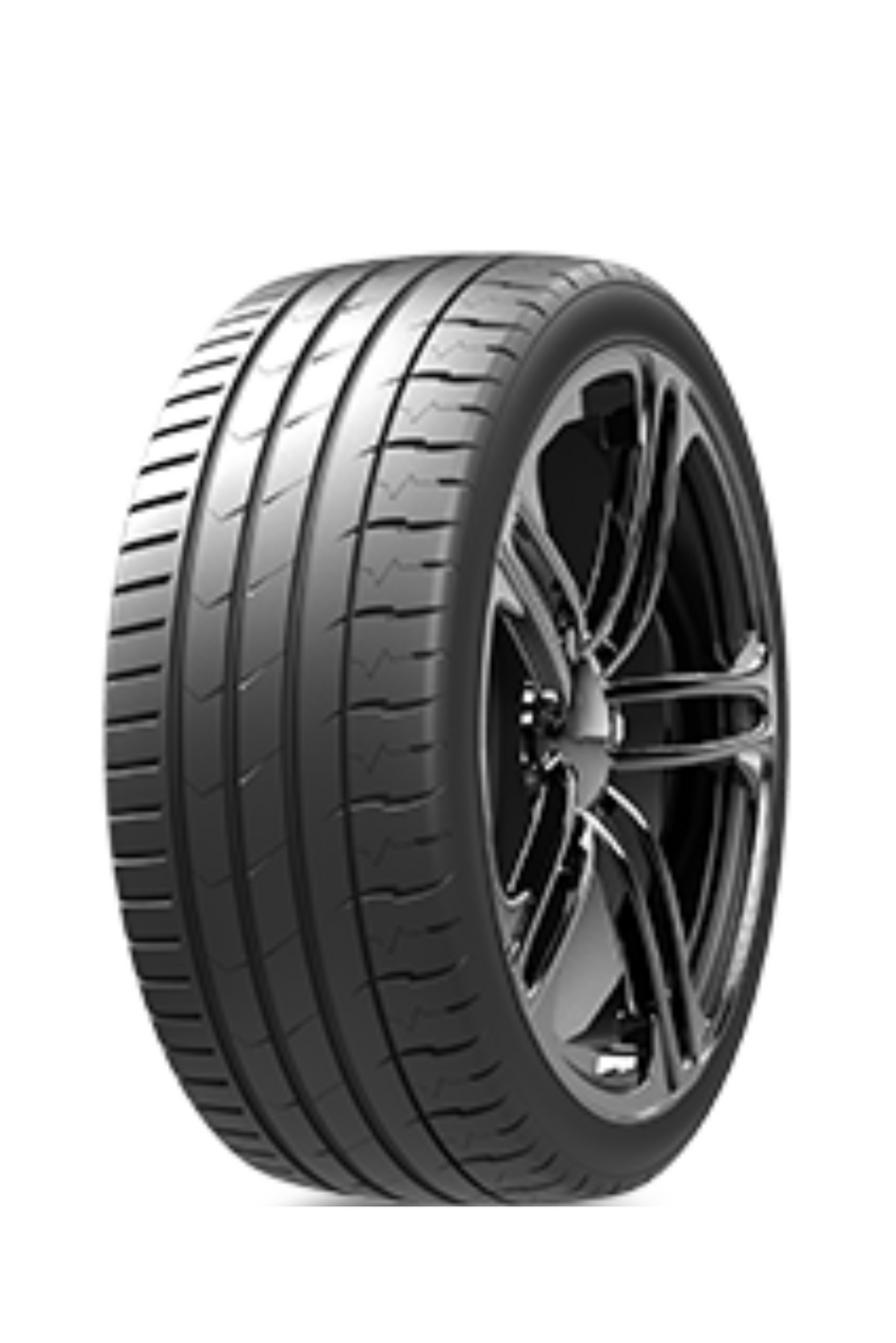
P 235/45R18 NEOSPORT EV 98W XL
Out of stock -
Sale

LT 225/70R19.5 14PR RT316 128/126M
In stock -
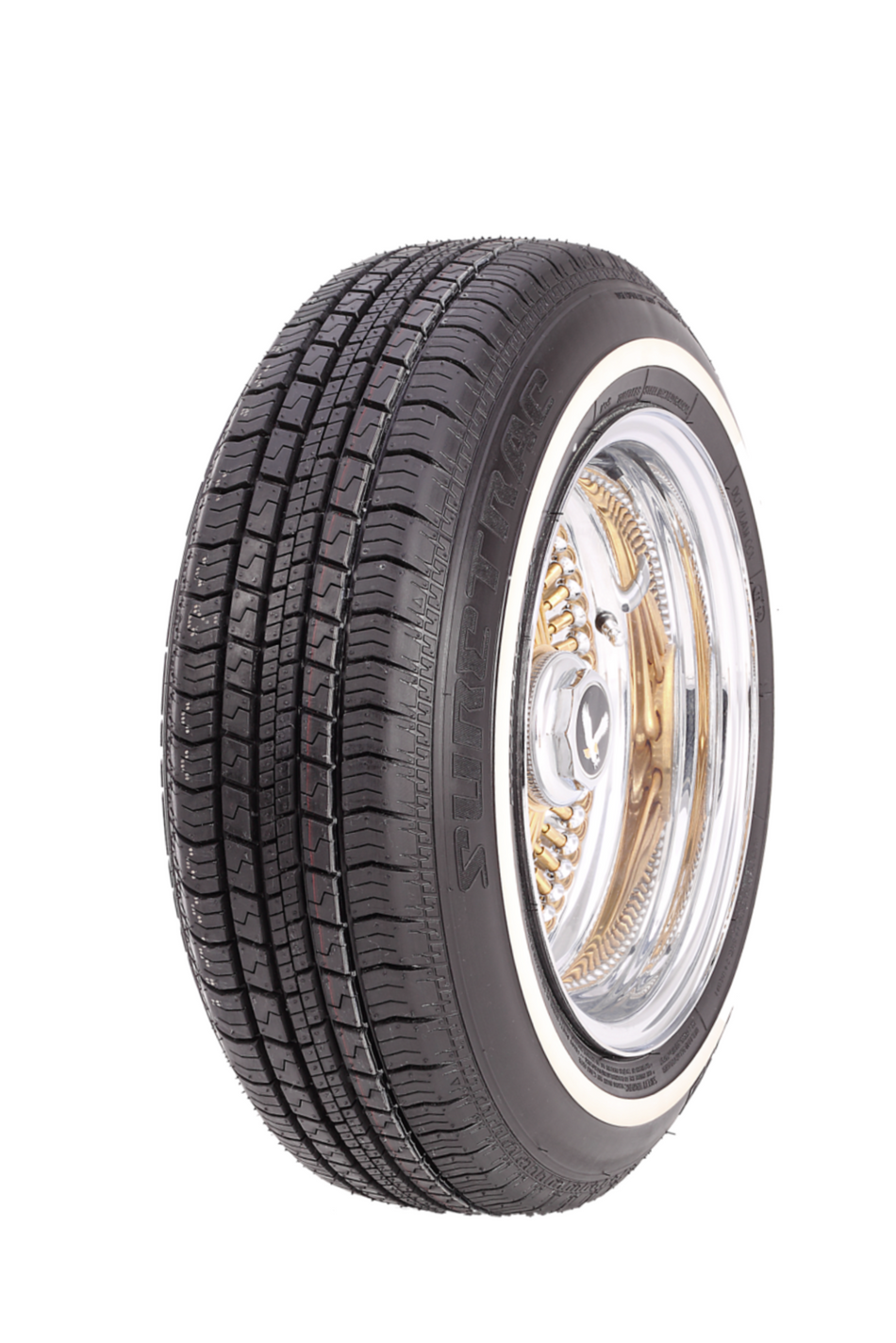
P 215/75R15 100S POWERTOURING WSW
Out of stock -

-
Sale

P 245/45R19 NEOSPORT EV 102Y XL
Out of stock -
Shop More Tires
Didn't find what you were looking for?
We would still like to help you! While our curated tire collection is limited, we can source other brands from the local dealers at preferred rate.

















